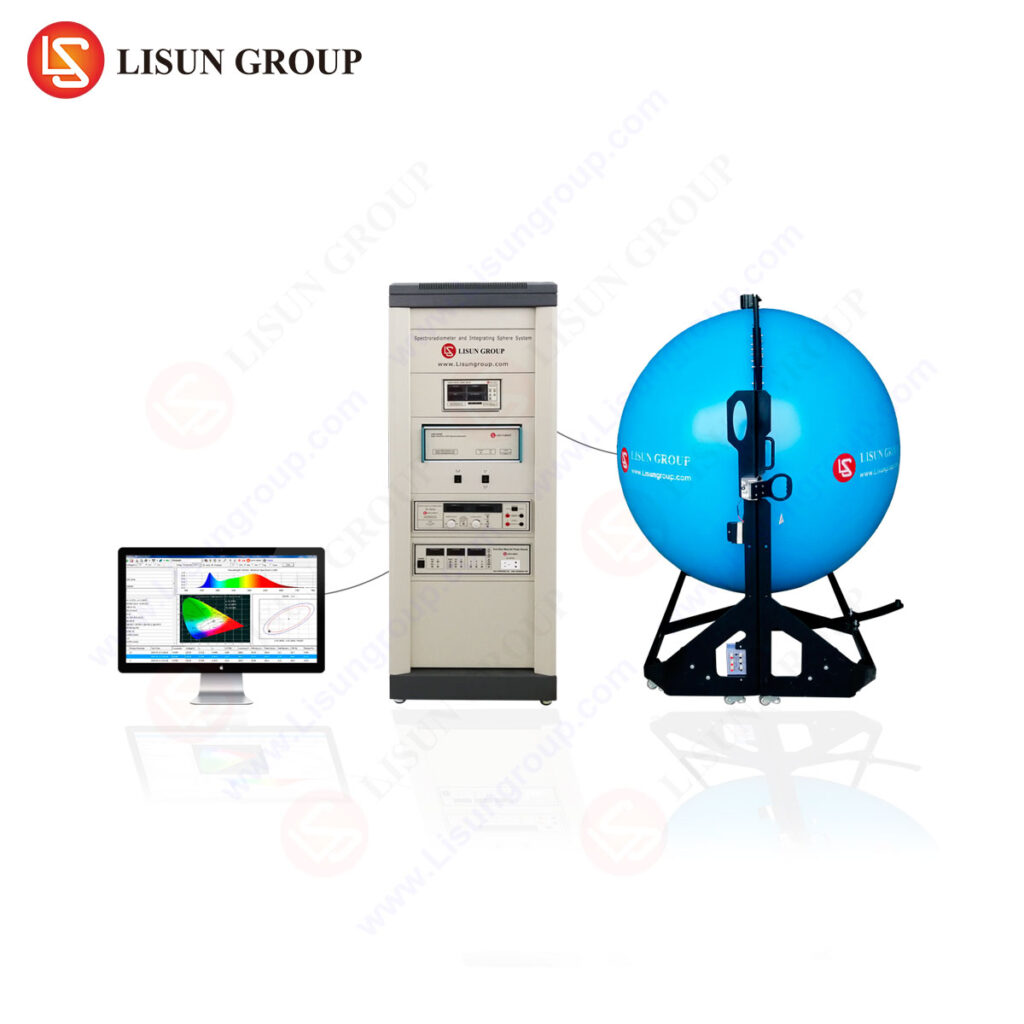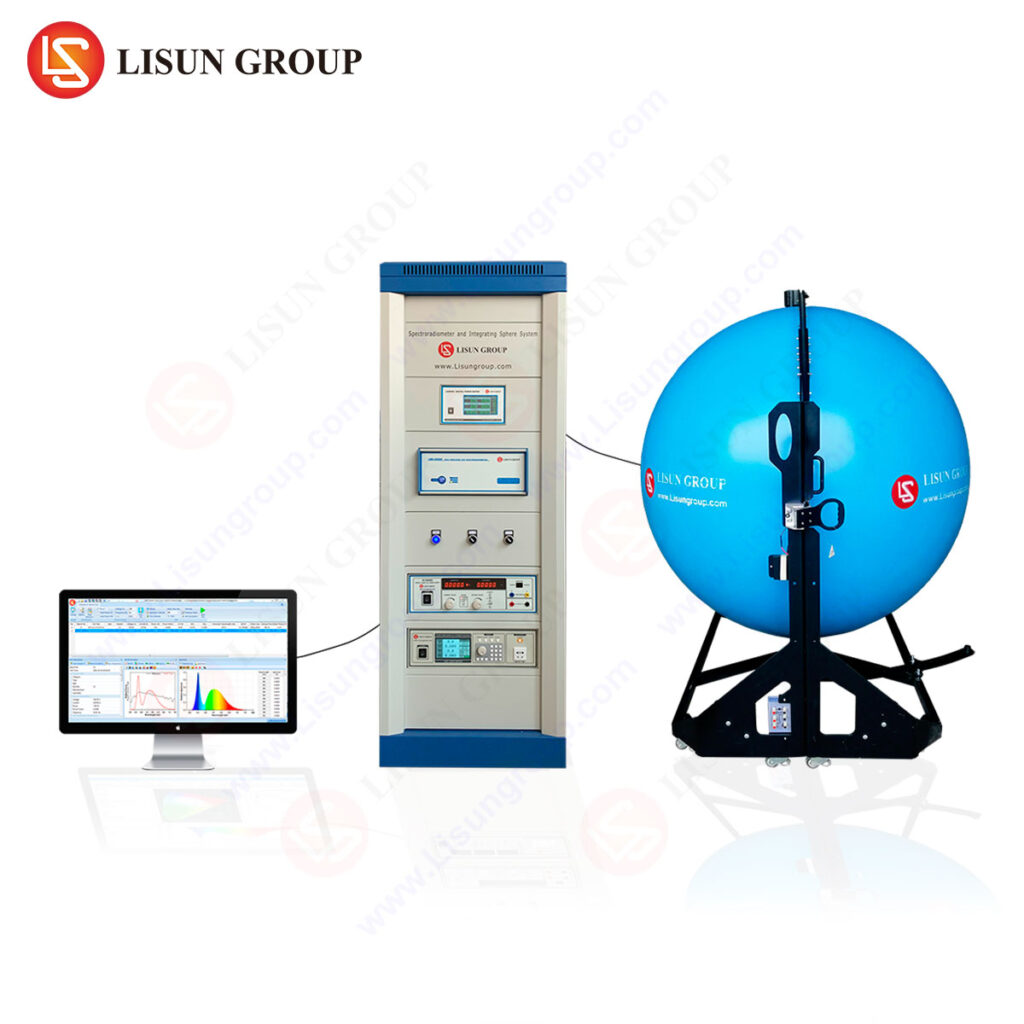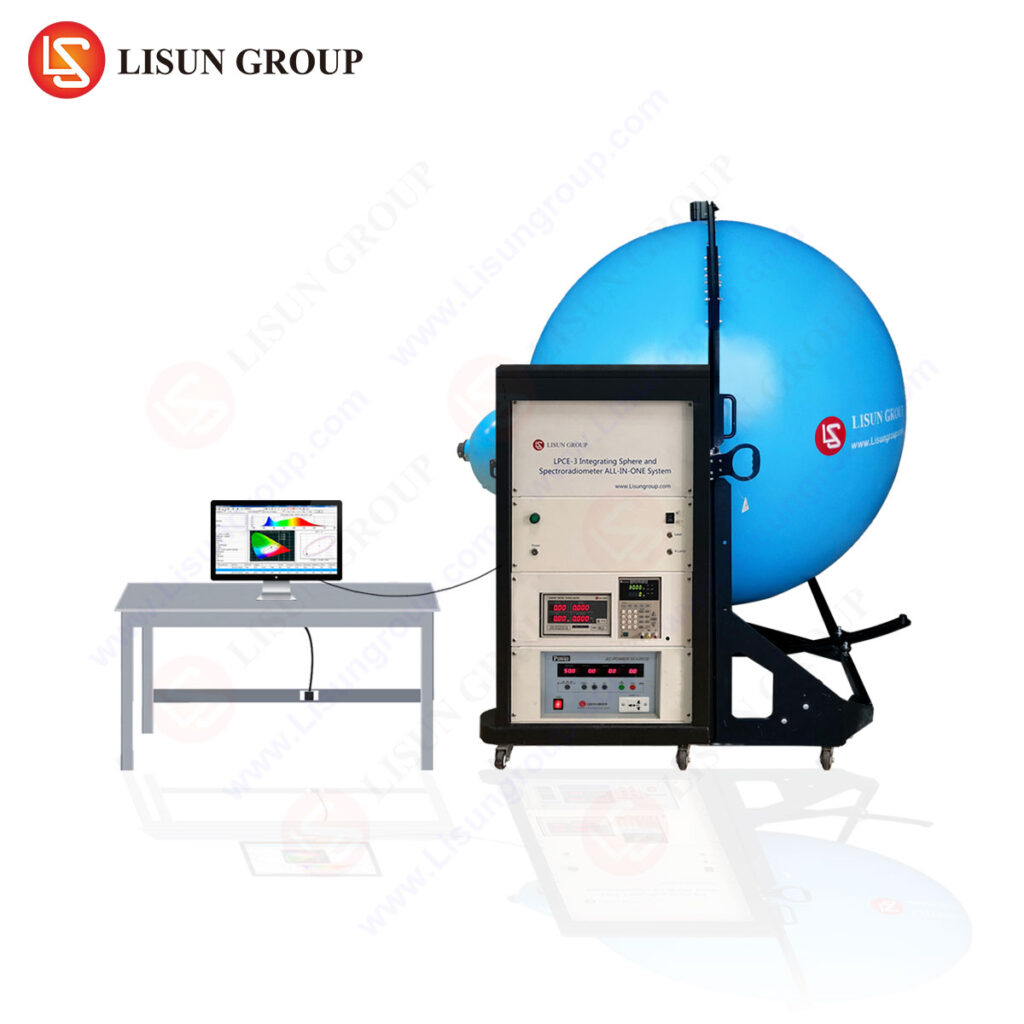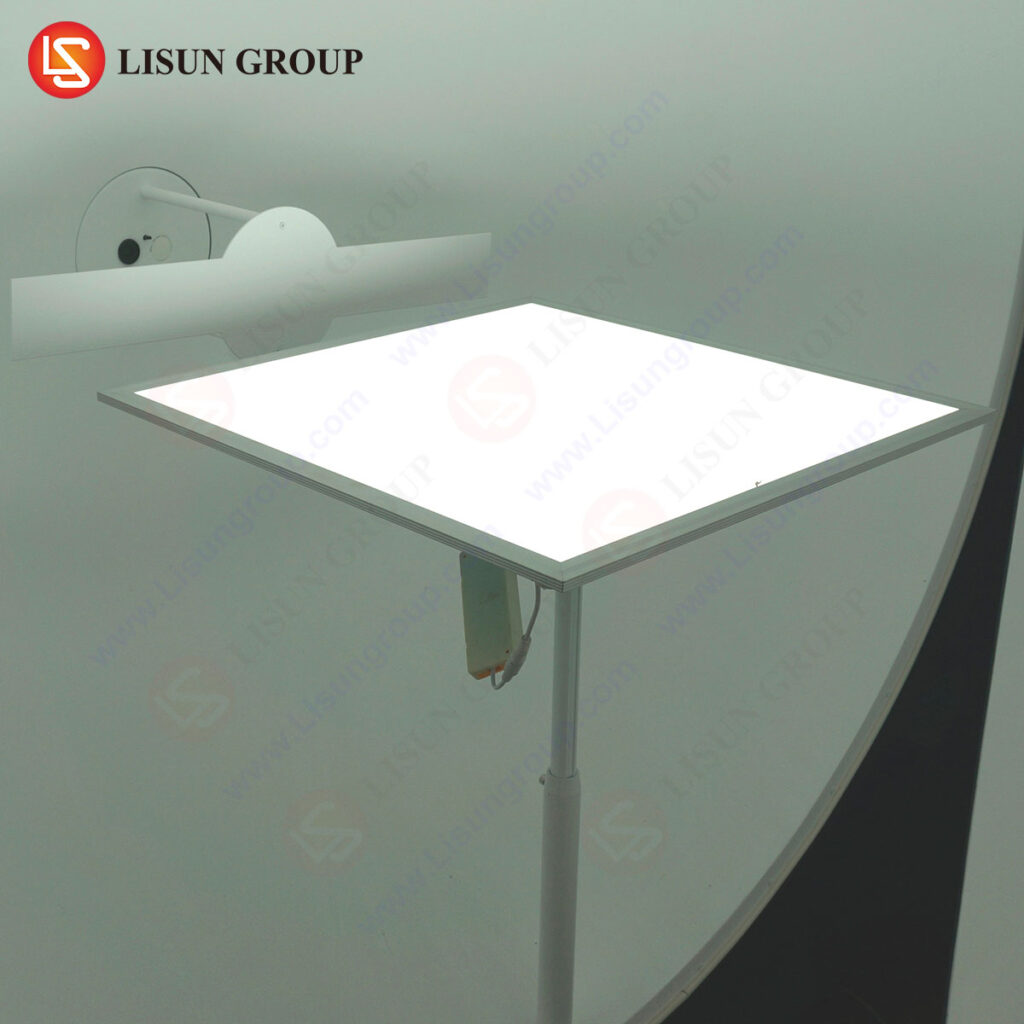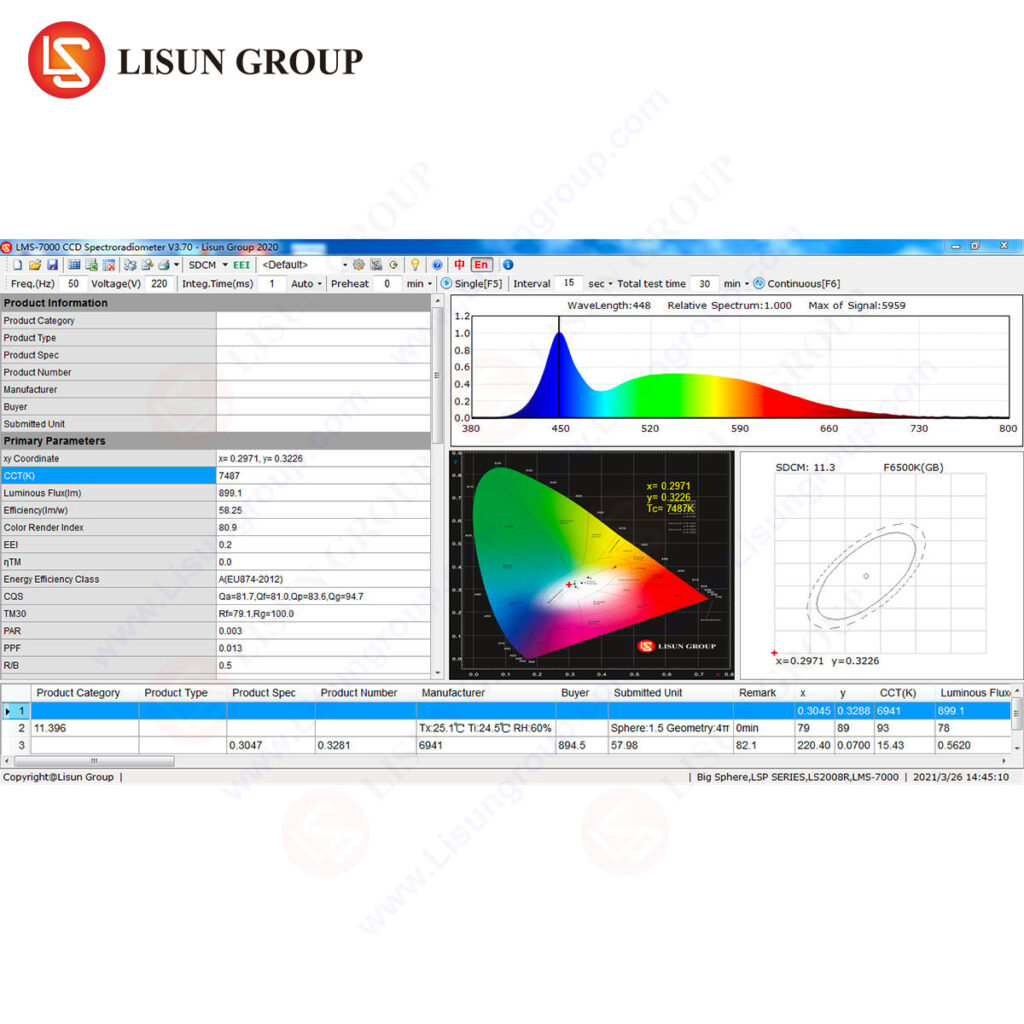Introduction to led testing with UV-Vis integrating sphere: A Comprehensive Guide to Test LED Luminaires
LEDs are becoming increasingly popular in the lighting industry due to their energy efficiency and long life. However, it is important to ensure that the LED luminaires are tested to ensure they meet the required standards. One of the most effective ways to test LED luminaires is to use a UV-Vis integrating sphere. This comprehensive guide will explain the basics of LED testing with a UV-Vis integrating sphere, as well as the advantages and disadvantages of this method.
an integrating sphere is a device that is used to measure the total amount of light emitted from a light source. It consists of a hollow sphere with a diffuse white interior surface, which is designed to evenly distribute the light from the source. The sphere is then connected to a detector, which measures the amount of light that is emitted from the sphere.
The UV-Vis integrating sphere is a specialized type of integrating sphere that is designed to measure the amount of ultraviolet (UV) and visible (Vis) light emitted from a light source. This type of sphere is ideal for testing LED luminaires, as it can accurately measure the amount of UV and Vis light emitted from the luminaire.
Advantages of LED Testing with UV-Vis Integrating Sphere
There are several advantages to using a UV-Vis integrating sphere for led testing. Firstly, it is a very accurate method of testing, as it can measure the amount of UV and Vis light emitted from the luminaire. This allows for a more precise measurement of the luminaire’s performance.
In addition, the UV-Vis integrating sphere is relatively easy to use. It is a simple device that requires minimal setup and can be used in a variety of environments. This makes it an ideal choice for testing LED luminaires in a variety of settings.
Finally, the UV-Vis integrating sphere is a cost-effective method of testing LED luminaires. It is a relatively inexpensive device that can be used to test a variety of LED luminaires. This makes it an ideal choice for those who are looking for a cost-effective way to test their LED luminaires.
Disadvantages of LED Testing with UV-Vis Integrating Sphere
Despite the advantages of using a UV-Vis integrating sphere for LED testing, there are also some disadvantages. Firstly, the device is relatively large and bulky, which can make it difficult to transport and store. In addition, the device is relatively expensive, which can make it cost-prohibitive for some users.
Finally, the UV-Vis integrating sphere is not suitable for testing all types of LED luminaires. For example, it is not suitable for testing LED luminaires that emit a large amount of infrared (IR) light. Therefore, it is important to ensure that the LED luminaire being tested is suitable for use with a UV-Vis integrating sphere.
Conclusion
LED testing with a UV-Vis integrating sphere is a reliable and cost-effective method of testing LED luminaires. It is a simple device that can accurately measure the amount of UV and Vis light emitted from the luminaire. However, it is important to ensure that the LED luminaire being tested is suitable for use with a UV-Vis integrating sphere.
FAQs
Q: What is an integrating sphere?
A: An integrating sphere is a device that is used to measure the total amount of light emitted from a light source. It consists of a hollow sphere with a diffuse white interior surface, which is designed to evenly distribute the light from the source.
Q: What is a UV-Vis integrating sphere?
A: A UV-Vis integrating sphere is a specialized type of integrating sphere that is designed to measure the amount of ultraviolet (UV) and visible (Vis) light emitted from a light source. This type of sphere is ideal for testing LED luminaires, as it can accurately measure the amount of UV and Vis light emitted from the luminaire.
Q: What are the advantages of LED testing with a UV-Vis integrating sphere?
A: The advantages of LED testing with a UV-Vis integrating sphere include accuracy, ease of use, and cost-effectiveness. It is a simple device that requires minimal setup and can be used in a variety of environments. In addition, it is a relatively inexpensive device that can be used to test a variety of LED luminaires.

